A parent component cannot use data binding to read child properties or invoke child methods. You can do both by creating a template reference variable for the child element and then reference that variable within the parent template as seen in the following example.
The following is a child CountdownTimerComponent that repeatedly counts down to zero and launches a rocket. It has start and stop methods that control the clock and it displays a countdown status message in its own template.
import { Component, OnDestroy, OnInit } from '@angular/core';
@Component({
selector: 'app-countdown-timer',
template: '<p>{{message}}</p>'
})
export class CountdownTimerComponent implements OnInit, OnDestroy {
intervalId = 0;
message = '';
seconds = 11;
clearTimer() { clearInterval(this.intervalId); }
ngOnInit() { this.start(); }
ngOnDestroy() { this.clearTimer(); }
start() { this.countDown(); }
stop() {
this.clearTimer();
this.message = `Holding at T-${this.seconds} seconds`;
}
private countDown() {
this.clearTimer();
this.intervalId = window.setInterval(() => {
this.seconds -= 1;
if (this.seconds === 0) {
this.message = 'Blast off!';
} else {
if (this.seconds < 0) { this.seconds = 10; } // reset
this.message = `T-${this.seconds} seconds and counting`;
}
}, 1000);
}
}
The CountdownLocalVarParentComponent that hosts the timer component is as follows:
import { Component } from '@angular/core';
import { CountdownTimerComponent } from './countdown-timer.component';
@Component({
selector: 'app-countdown-parent-lv',
template: `
<h3>Countdown to Liftoff (via local variable)</h3>
<button (click)="timer.start()">Start</button>
<button (click)="timer.stop()">Stop</button>
<div class="seconds">{{timer.seconds}}</div>
<app-countdown-timer #timer></app-countdown-timer>
`,
styleUrls: ['../assets/demo.css']
})
export class CountdownLocalVarParentComponent { }
The parent component cannot data bind to the child's start and stop methods nor to its seconds property.
You can place a local variable, #timer, on the tag representing the child component. That gives you a reference to the child component and the ability to access any of its properties or methods from within the parent template.
I hope this example helps you
